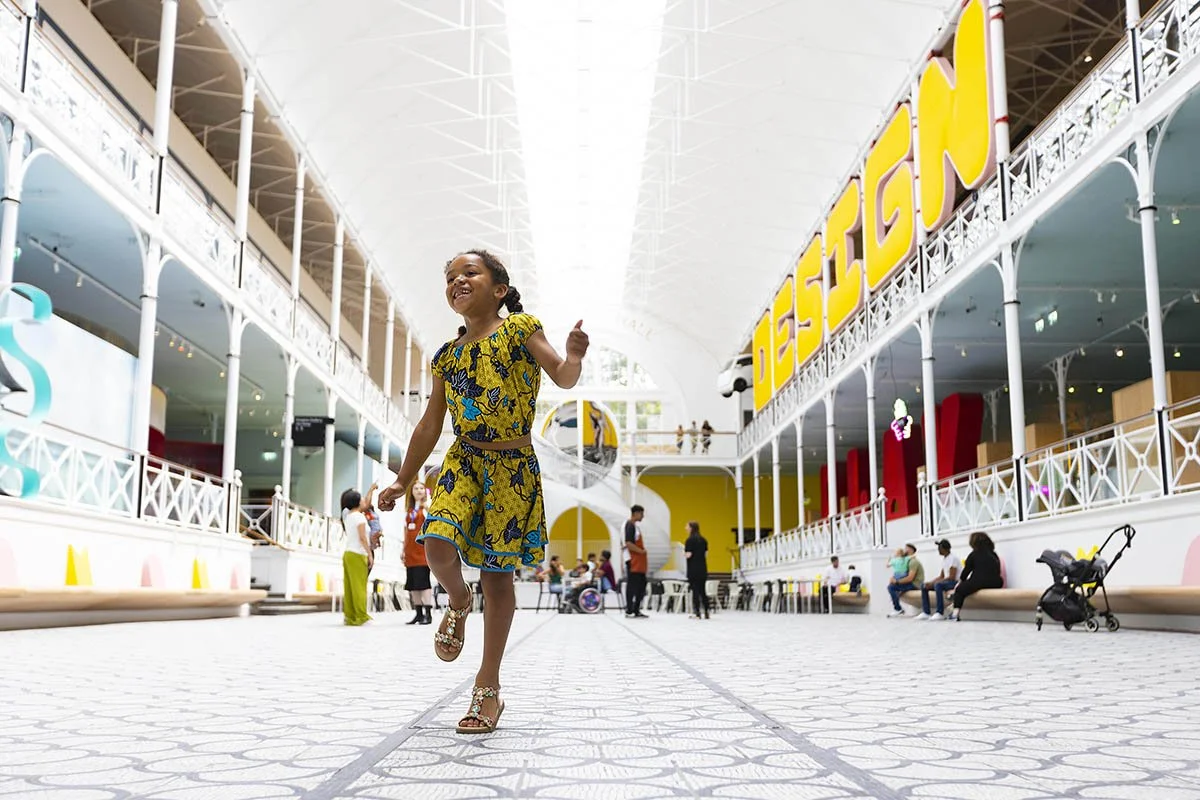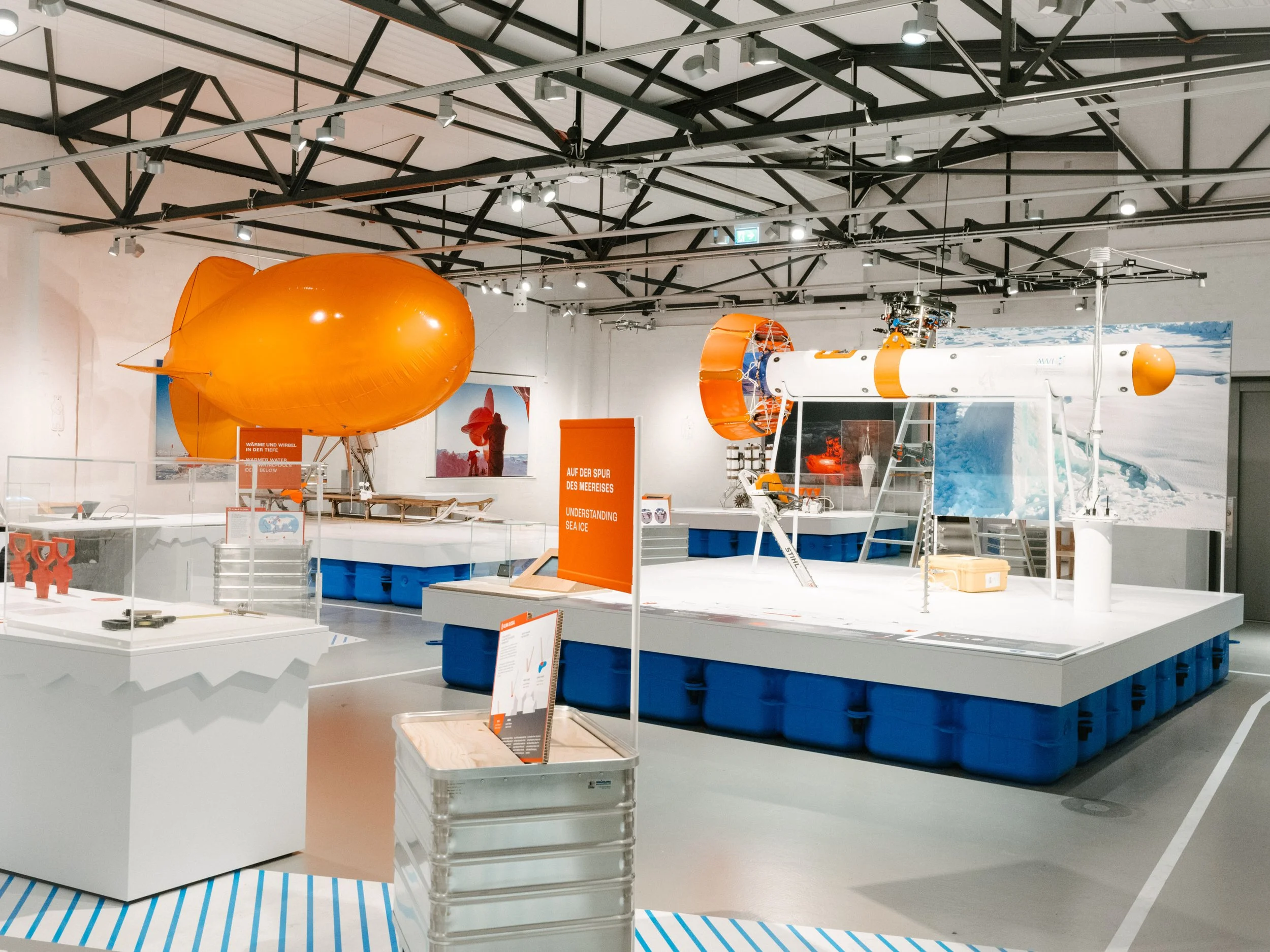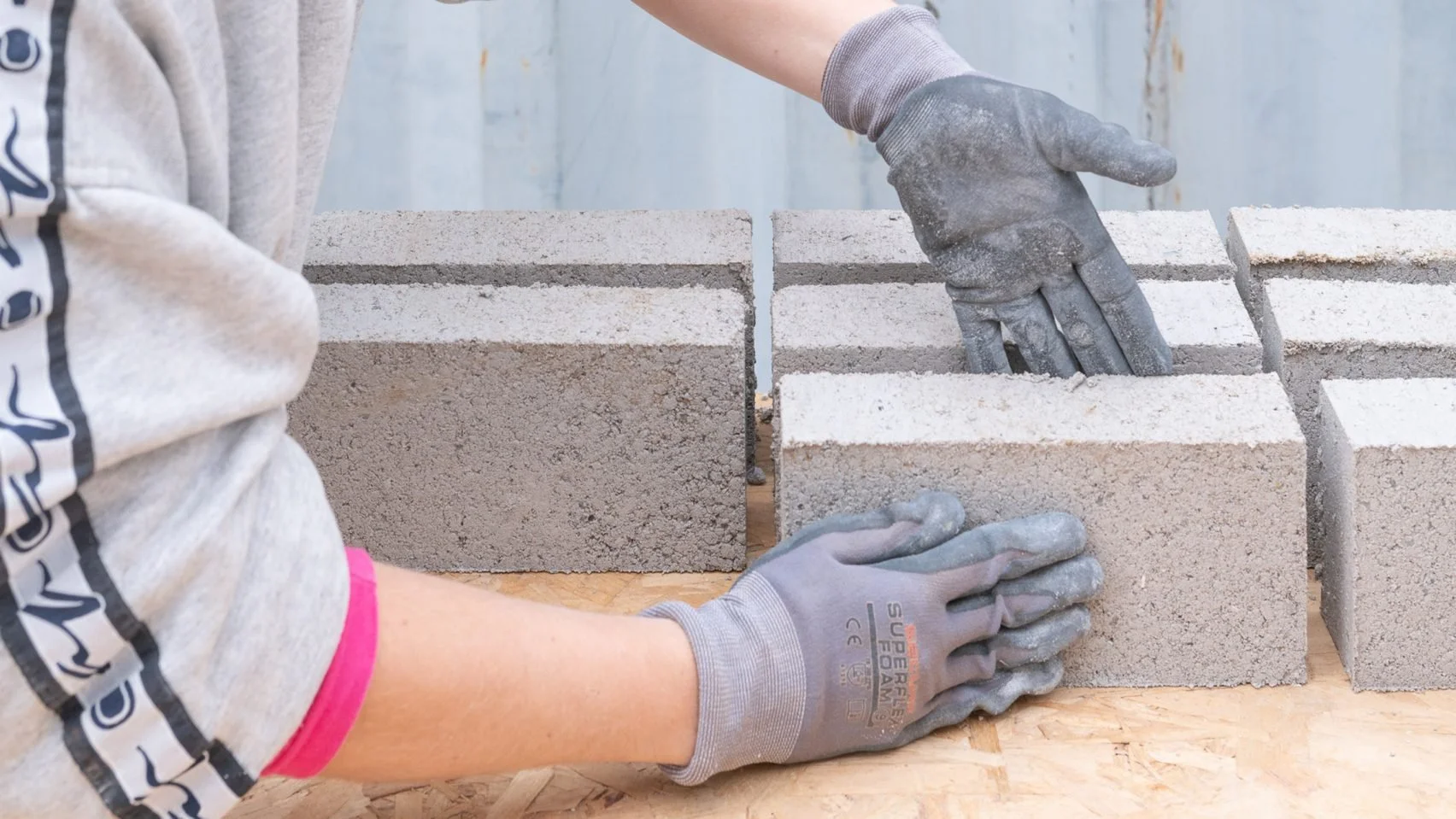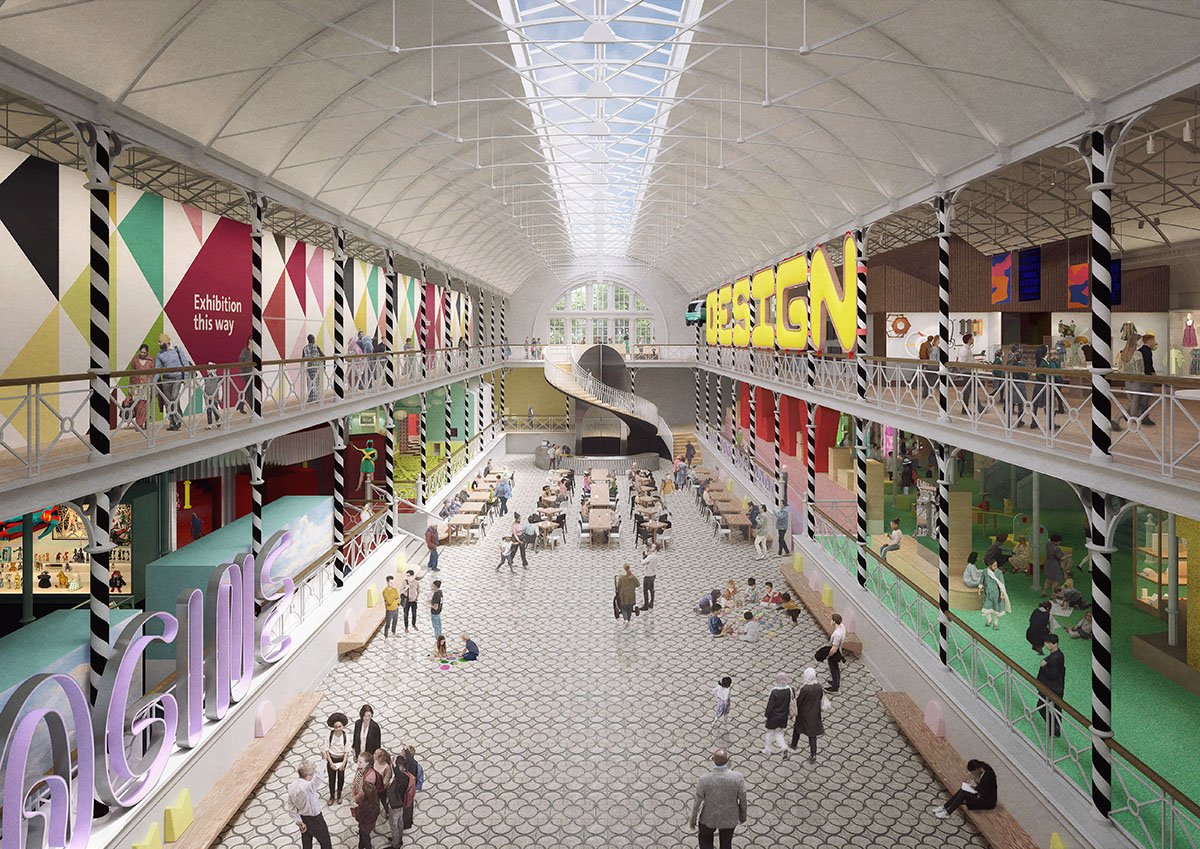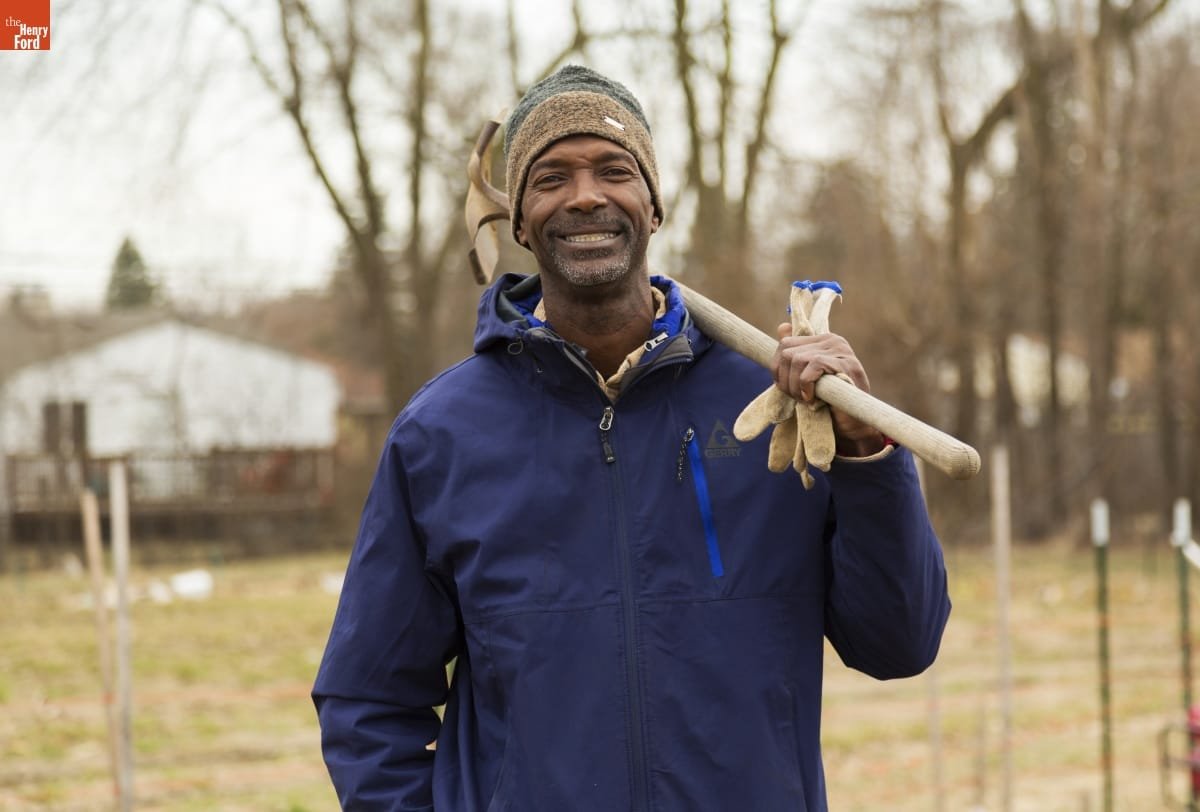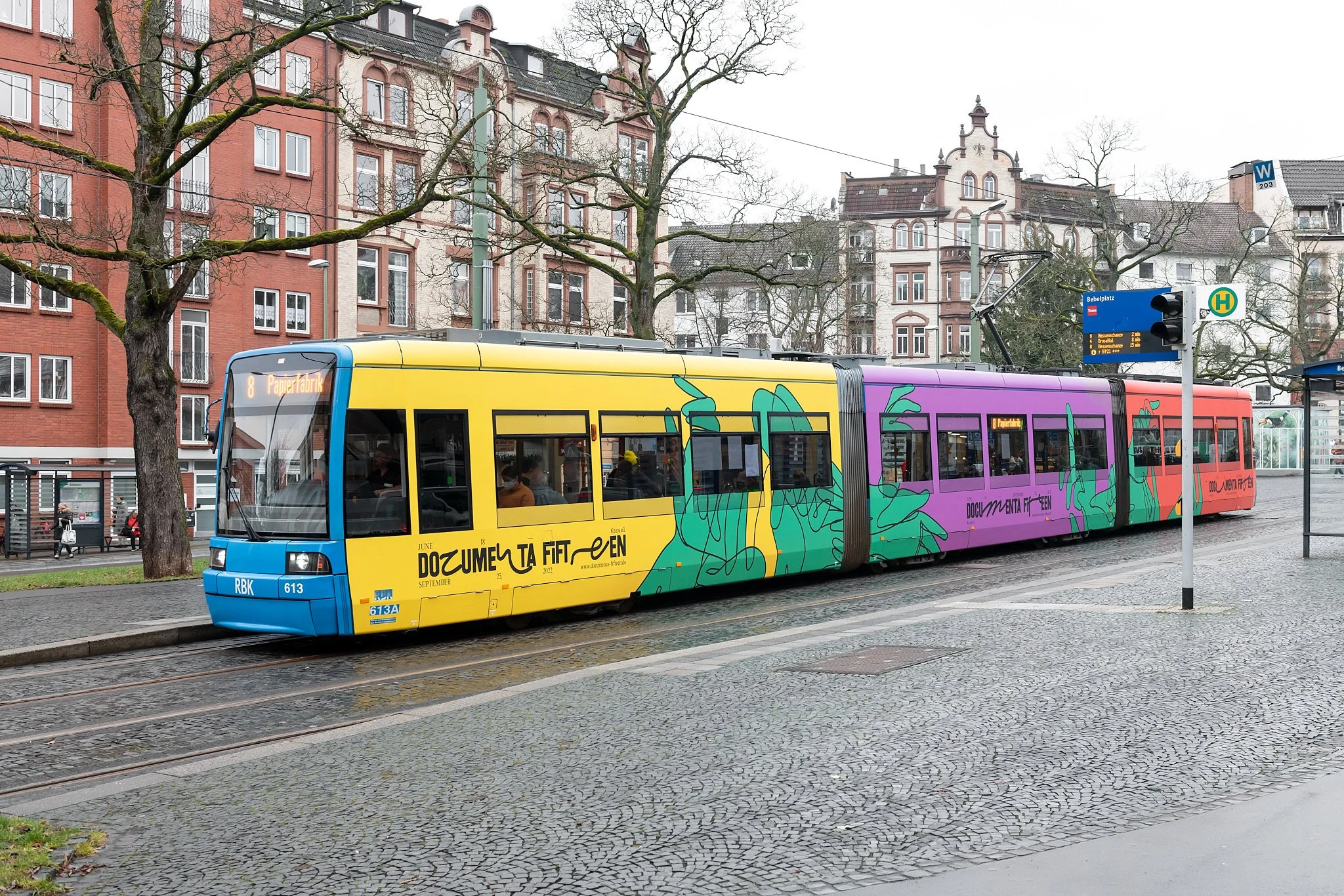The MuseumNEXT Green Museum Summit, held February 26 and 27, hosted a variety of speakers from museums and cultural organizations across the globe, each which shared their unique experiences in conducting sustainability work within their organizations.
In the words of conference speaker Dr. Sarah Younan of the Amgueddfa Cymru Museum in Wales, “Museums are flashpoints of culture.” They are uniquely poised to tell stories or capture a specific moment in time, and climate change is one of the most pressing issues of our time. Younan challenges her museum community - “What kind of ancestor do you want to be for the next generation?”
While there were many common themes, each organization approached environmental sustainability in a unique way, tailored for their resources, goals, and community needs. Some focused on programming, while others looked at facilities or exhibition design. Overall, I left with three key takeaways:
Language Matters: Museums have a distinct ability to spark conversation about climate change in a way that is deeply engaging and educational.
Lowering Impact: Beyond talking about climate change, reducing impact of facilities or exhibitions can create a significant impact.
Equity First: solid sustainability goals must keep diversity, equity, and inclusion at the forefront.
Language matters: How can you talk about Climate Change?
Dr. Soren Brothers, the Allan and Helaine Shiff Curator of Climate Change at the Royal Ontario Museum, pitched an idea: “We can stop talking about climate change.”
Of course, he was not suggesting that museums should stop educating visitors about this pressing global issue, but rather that the language and approach matter. The concept of “climate change” can be divisive and demoralizing, seemingly unyielding to public action. However, framing the problems of climate change in terms of local impact and shared values may help learners engage with material in a more meaningful and actionable way.
A number of museums at the conference proved that this can be done, with visible results.
As the National Museum of Singapore prepared to host Plastic: Remaking Our World, an international traveling exhibition from the Vitra Design Museum, the organization sought to ensure that it was engaging for all ages. Beyond the exhibition itself, an additional educational space called “Plastics in Our Lives” was modeled after a house to frame the overwhelming presence of plastics in our daily lives. Visitors are guided through the space with interactive information placards, identifying types of ‘hidden’ plastic we might encounter everyday. On the placards, visitors are asked to indicate whether or not this was new information to them. This tactile action help visitors retain key information, while helping the museum track impact of educational initiatives.
Image: Hands-on learning about plastic recycling at Plastic: Remaking Our World exhibit
Image Source: National Museum of Singapore
The National Museums of Northern Ireland partnered with local schools to create hands-on educational workshops for students with special education needs and disabilities. The goal of the ongoing project is to develop biodiversity hotspots on the museum’s grounds with native plant and animal species. Not only did this extend student learning outside of the classroom, it also grew into a professional development opportunity for teachers. Additionally, the results are highly visible for museum visitors, accentuated by colorful flower pots and rocks painted by the students.
An exhibition at the Deutsches Technik Museum challenges visitors to become researchers. “Thin Ice: Join us on a climate expedition!” recreates elements from POLARSTERN, a landmark arctic expedition measuring the impacts of global temperature rise on ice thickness and microorganism growth. Particularly as a museum focused on the impact of technology on human progress, this exhibit sheds light on the ways the same technology has accelerated global climate change.
Image: “Thin Ice: Join us on a climate expedition!” exhibit turns museum visitors into researchers.
Image Source: Deutsches Technik Museum
Lowering ImpacT: Reducing facility or exhibition emissions
The built environment and construction industry is responsible for approximately 40% of global CO2e emissions. As such, many museums are investigating ways to reduce life cycle emissions in their facilities - including both embodied carbon and efficiency. With preservation of arts and cultural artifacts at the heart of museum work, this is not without challenge. Creative solutions are supporting these goals, such as recycled municipal waste brick, carbon sequestering hemp display panels, and enhanced energy monitoring.
Design Museum Gent is undergoing major renovations of their historic space, with decarbonization as a top priority. One of their key strategies is the use of bricks formed from recycled municipal waste, sourced from the region, to reduce embodied carbon. These white bricks complement aesthetic of the city, ensuring that the new structure seems right in place with its surroundings.
Image: Design Museum Gent utilizes bricks made from municipal waste in renovation
Image Source: Dezeen
New York’s Museum of Modern Art (MoMA) has sustainability as a core value. With additional pressure from Local Law 97, which requires strict emissions reporting from large facilities, the renowned art museum has taken great strides to promote energy efficiency and reduced waste within the facility and exhibition design. Measuring energy use has guided the organization in capital planning to meet reduction goals. Currently, heating and humidity lead the facility’s energy demand, and MoMA does not use any onsite combustion. Some initiatives to date include installation of LED lighting, modernizing steam distribution systems, and use of sensors to monitor light and exhaust.
Young V&A, formerly the V&A Museum of Childhood, reopened last year after a 6-year redevelopment process. The museum, which focuses on art, design, and performance, started to shift goals from telling historical stories to inspiring the next generation. They soon realized that their 151-year-old facility needed significant rethinking. To set change into motion, the organization adopted a co-design program to garner community input for the new vision. In the re-development process, a significant number of furniture and display pieces were donated to other museums. To keep embodied carbon low, new gallery rooms feature display tables made of reclaimed wood and display panels made of carbon-sequestering hemp. Overall, the industrial design serves to be educational about the facility’s past, while being “designed to dismantle” for ease of future reuse.
Image: Young V&A opened 2023
Image Source: Young V&A
Equity First: considering DEI in sustainability Goals
The Henry Ford is a Michigan-based museum complex named after its founder - one of the most famous industrialists in American history. In this case, part of telling their climate story is acknowledging a controversial past. The museum is dedicated to uplifting American tradition and ingenuity, however, this in some cases, this same ingenuity has had critical impact on the natural environment. Particularly in the case of Henry Ford, the widespread adoption of the automobile has been one of the most significant contributors to fossil fuel consumption.
Additionally, the rise of industry in this Michigan community has had a disproportionate impact on health and socioeconomic wellbeing for populations of color. Toward forging a positive future, The Henry Ford has implemented an entrepreneur-in-residence to support local innovators. The 2019 entrepreneur, Melvin Parson, is the founder of We The People Growers Association which supports sustainable urban farming and employment opportunities for formerly incarcerated people.
Image: Melvin Parson, Founder of We The People Growers Association and The Henry Ford 2019 Entrepreneur-in-Residence
Image Source: The Henry Ford Museum
documenta, one of the world’s largest contemporary art festivals by the Museum Fridericianum gGmbH, took a multi-faceted approach to sustainability at their last festival - weighing environmental and socio-economic sustainability. Each ticket automatically included €1 to be dedicated to reforestation initiatives, which ultimately supported more than 22 hectares of growth. To encourage use of public transit, a festival ticket also automatically included access to the city’s transport systems. To support access for visitors with varying financial strain, the festival offered a number of “solidarity tickets” which could be requested at the box office - no questions asked.
Image: documenta fifteen collaborates with City of Kassel to provide transport for all festival attendees.
Image Source: Nicolas Wefers, documenta fifteen
Museums push the climate movement forward
Museums are leading the way in environmental sustainability work in the arts and cultural sector. Through thoughtful exhibitions and educational programming, museums can challenge visitors to take sustainable action that lasts well beyond the length of their visit. By evaluating lifecycle emissions of their facilities and exhibitions, museums can also decrease their own environmental impact in a meaningful way. Ultimately, an organization’s sustainability plan is place-based and rooted in community. In order to be truly effective, we must ensure that those who are most impacted have a seat at the table.
-
Header Image: Young V&A, Town Square © David Parry courtesy of Victoria and Albert Museum, London
Hoffmann, Andreas, Huttenhein, Larissa and Johannah Kohler. “documenta: On the way to sustainable major art exhibitions?” Green Museums Summit. February 26, 2024.
Brothers, Soren. “We Can Stop Talking About Climate Change.” Green Museums Summit. February 26, 2024.
Chew, Alicia and Yap, Jan. “Remaking Our World, One Exhibition at a Time.” Green Museums Summit. February 26, 2024.
Glicklich-Cohn, Eliana, Hum, Lana and Smith, Jason. “Strategies To Slash Waste And Maximise Building Efficiency at MoMA.” Green Museums Summit. February 26, 2024.
Younan, Sarah. “(Organisational) Climate Breakdown.” Green Museums Summit. February 26, 2024.
Reid, Debra, Howell, Lucie and Anita Davis. “Acknowledging Causes. Advocating Change.” Green Museums Summit. February 26, 2024.
Gilmore-Cook, Nigel. “Explore: Urban Nature - Learning Together.” Green Museums Summit. February 27, 2024.
Thorade, Nora and Zan, Martha. “Come with us on a climate expedition - or how to tell facts about climate change.” Green Museums Summit. February 27, 2024.
Roberts, Trish Kukura, Hailee and Morrison, Richard. “Rehomed robots and protest placards: a sustainable transformation of Young V&A.” Green Museums Summit. February 27, 2024.
Laporte, Katrien et al. “Rubbish Buildings.” Green Museums Summit. February 27, 2024.
“Green Museum Summit.” MuseumNext. Accessed March 16, 2024. https://www.museumnext.com/events/green-museums-summit/

